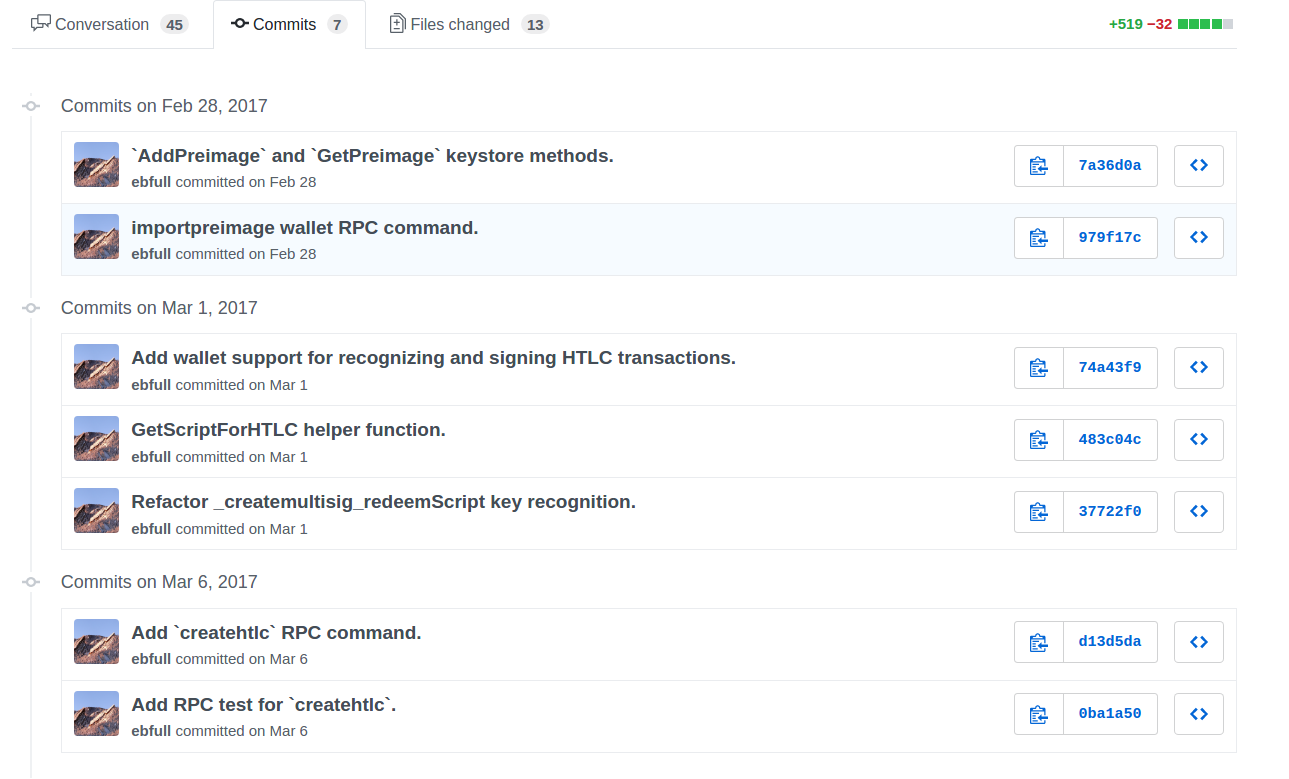That gist does describe what happend when you do a git fetch:
Obviously, change the github url to match your project's URL. It ends up looking like this:
[remote "origin"]
url = [email protected]:joyent/node.git
fetch = +refs/pull/*/head:refs/remotes/origin/pr/*
fetch = +refs/heads/*:refs/remotes/origin/*
Note the order of fetch refspecs, as suggested in the comments by crashneb, in his own's answer.
If not, meaning if you don't have the right order because of a:
git config --add remote.origin.fetch "+refs/pull/*/head:refs/remotes/origin/pr/*" ...
and then trusted the PR-checkout to naturally setup the new local branch with something like git switch pr/1 -- then you might have trouble should the PR get updated and you want to just git pull it again.
The branch.pr/1.merge config value will not be correct.
Now fetch all the pull requests:
$ git fetch origin
From github.com:joyent/node
* [new ref] refs/pull/1000/head -> origin/pr/1000
* [new ref] refs/pull/1002/head -> origin/pr/1002
* [new ref] refs/pull/1004/head -> origin/pr/1004
* [new ref] refs/pull/1009/head -> origin/pr/1009
...
To check out a particular pull request:
$ git checkout pr/999
Branch pr/999 set up to track remote branch pr/999 from origin.
Switched to a new branch 'pr/999'
You have various scripts listed in issues 259 to automate that task.
The git-extras project proposes the command git-pr (implemented in PR 262)
git-pr(1) -- Checks out a pull request locally
SYNOPSIS
git-pr <number> [<remote>]
git-pr clean
DESCRIPTION
Creates a local branch based on a GitHub pull request number, and switch to that branch afterwards.
The name of the remote to fetch from. Defaults to origin.
EXAMPLES
This checks out the pull request 226 from origin:
$ git pr 226
remote: Counting objects: 12, done.
remote: Compressing objects: 100% (9/9), done.
remote: Total 12 (delta 3), reused 9 (delta 3)
Unpacking objects: 100% (12/12), done.
From https://github.com/visionmedia/git-extras
* [new ref] refs/pull/226/head -> pr/226
Switched to branch 'pr/226'



